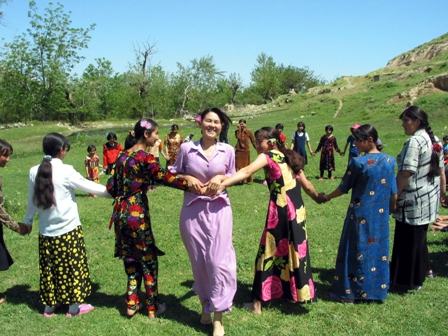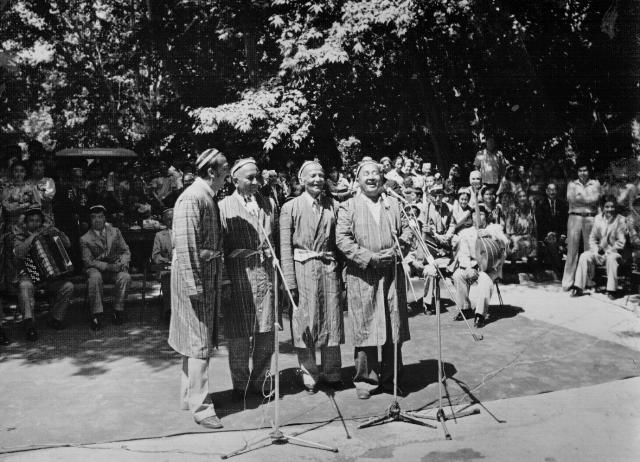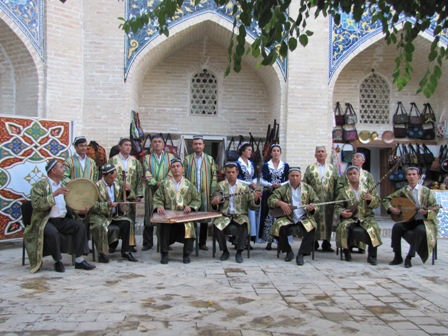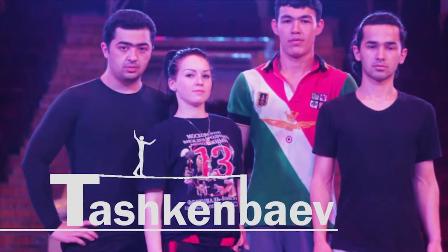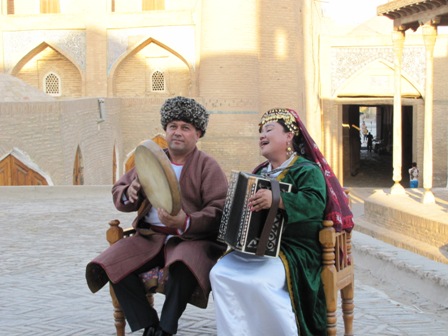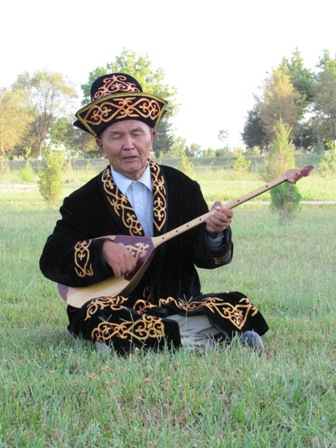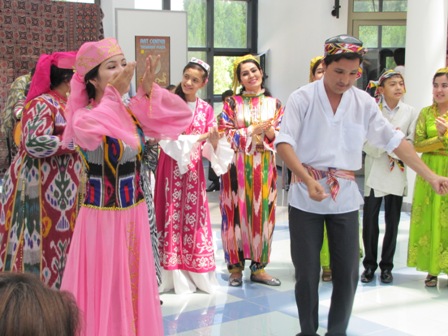Qoghirchoqsozlik (Puppet-Making)

Domain: Traditional Craftsmanship
Index Number: 05.05
Puppet-making, like folk applied arts and other types of art, emerged as a result of human's observations of nature, environment and objective reality and resulting wonder, fear and admiration. A good example could be the clay figurines of humans, animals and fantasy-imaginary creatures, found during many archaeological excavations in Uzbekistan.
The peoples, living in Central Asia, mostly were engaged in farming and cattle-breeding and their art was closely linked to their way of life. The figures of religious character, such as Ashshadaroz (Khoresm region), Suv khotin (Surkhandarya region), totem or goddess Anahita, with a lapse of time, turned into certain ritual and ceremonial puppets. Since ancient times our people were fond of their children. And consolation for them were puppets. Sheep, duck, goose, cock, fish, coquille-like whistles were both a consolation and didactic toys.
Among Asian nations there were people of such professions as arusaksoz, qoghirchoqsoz, kurjokchi, who made (by using local materials) puppets and toys for religious, ritualistic as well as consolation purposes and sold them to many nations of the world through the Great Silk Road. When it said local materials it is meant clay, wood, cane, cloth, wool, bone, etc. And the most durable material, which survived the diverse impacts of many centuries, was ceramic (i.e. made of clay). These are ceramic puppets and toys only, which were preserved and came down to us from our ancestors. Figurines of horse with cart, or of dragon-like creatures, kept in the museums of the country, are examples for them. The traditions associated with creation of toys using clay were preserved by Khamro buvi, who lived in the previous century in Bukhara and who taught the secrets of toy-making to her nephews and nieces. To date, these traditions are being continued by Kubaro aya.
According to religious beliefs it was sinful to create or depict living creature. Therefore, pupper-making and toy-making art was preserved in the distant villages of the country. Unfortunately, because almost no attention was paid to it during the Soviet times, it almost disappeared as a type of art. Upon that, introduction of industrial production of various toys and puppets resulted in diminishing role of handmade ones. It is for this reason such directions of folk puppet theatre as Chodir jamol, Chodir khayol, Fonus khayollar and puppet heroes as Kachal Polvon, Bichakhon (or Bikakhon) almost disappeared. And thanks to Independence this type of art, which is part of national heritage, began to be revived. If most of the puppets and toys were created in Bukhara, Ferghana Valley and Tashkent, in Khoresm gift puppets and toys began to be produced by a group of master craftsmen under leadership of Kuryazov Mansur.
At present puppet-making is considered integral part of folk crafts and is under protection of the state, which encourages and promotes its development. Puppets and toys are made using local materials like it was in the past. In addition to that some new ideas and techniques are being introduced in making puppets and toys to meet the demands of our times. Also, respectful attitude is demonstrated to those, who puppets and toys, on the background that they are indeed very important in educating children. Particularly private exhibitions of puppets are organized, special shows abroad are held, international master classes are conducted. Puppets and toys made of paper, glue, cloth, cotton, wood, straw and clay attract attention of fellow countrymen and foreign tourists and to some extent provide information about centuries-long history, culture and spiritual life, existing in the country.





